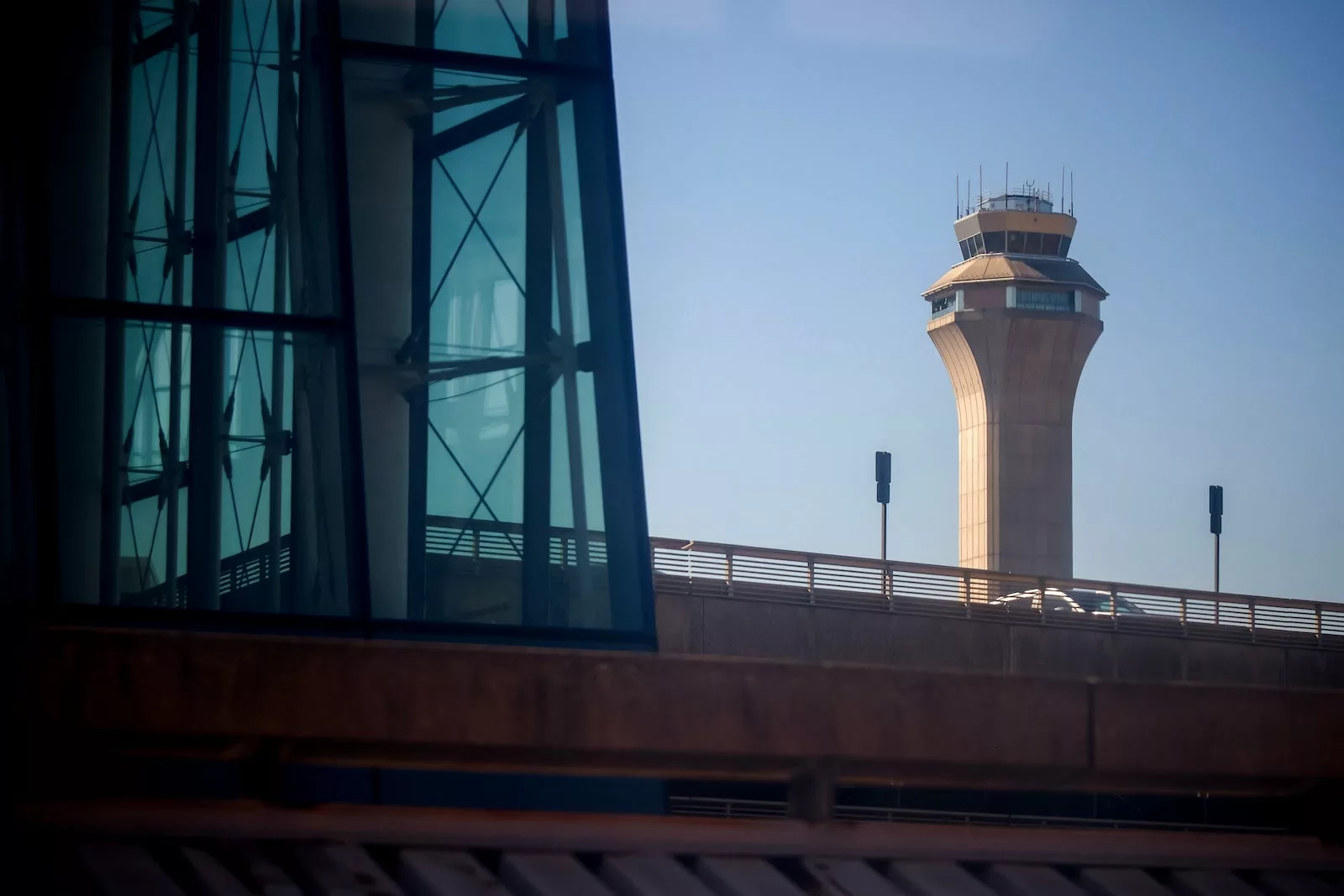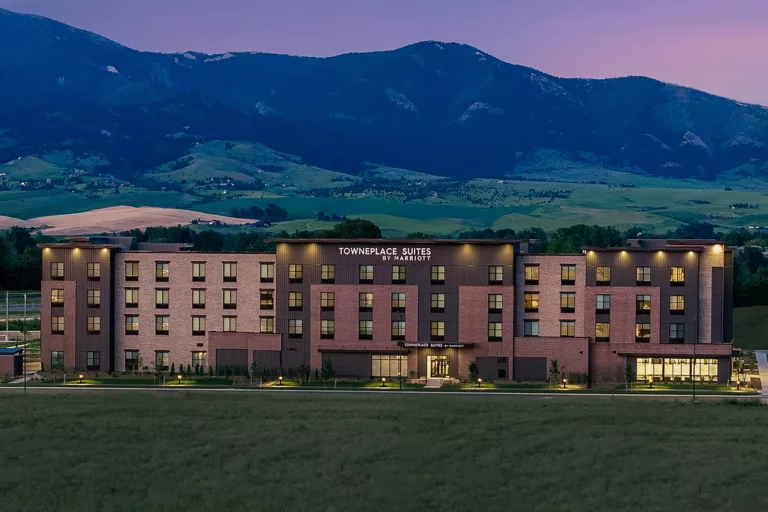Navigating Flight Delays and Service Cuts Amid Ongoing Shutdown
As the federal government shutdown enters its second week, travelers across the United States may soon face increasing flight delays and potential service reductions to smaller communities. Recent reports indicate a slight uptick in the number of air traffic controllers calling in sick, raising concerns about the impact on air travel.
U.S. Secretary of Transportation Sean Duffy confirmed during a press conference at Newark Liberty International Airport that some airports are experiencing staffing shortages. “There’s been one facility one day, another facility another day,” he stated, noting that some regions have seen staffing levels drop by as much as 50%. The Federal Aviation Administration (FAA) is closely monitoring the situation and is prepared to take necessary actions to ensure safety in the skies.
The current shutdown, which began on October 1 due to Congress’s failure to pass a funding bill, has left many essential federal workers, including air traffic controllers, working without pay. Historically, similar shutdowns have led to significant disruptions in air travel; for instance, a lengthy shutdown in early 2019 resulted in a spike in call-outs from FAA employees, causing widespread flight delays.
While Secretary Duffy reported that the call-outs have not yet reached alarming levels, he cautioned that if the situation worsens, the FAA may need to slow the flow of air traffic, particularly at the busiest airports. This could lead to longer wait times for travelers.
The staffing struggles extend beyond air traffic controllers. Transportation Security Administration (TSA) officers are also working without pay. Although there have been no significant reports of security delays at this time, travelers should be aware that security backups are possible, as seen during previous shutdowns. Reports from various airports suggest that TSA staffing levels might be lower than usual, which could lead to longer wait times at security checkpoints.
One critical issue looming on the horizon is the expiration of federal subsidies for the Essential Air Service (EAS) program, which is set to run out soon. This program is vital for maintaining air service to underserved airports, particularly in smaller communities. Without Congressional intervention, airlines may decide to suspend routes that are not financially viable, further impacting travel options for residents in those areas.
Alaska is particularly affected, as it has the highest number of subsidized routes. Smaller communities have faced challenges in maintaining air service in recent years, exacerbated by the COVID-19 pandemic, a pilot shortage, and airlines’ gradual shift towards larger jets.
For travelers planning to fly in the coming days, it is crucial to stay informed. While officials assure that flying remains safe, the FAA warns that delays could arise if air traffic controller staffing levels continue to decline. Congested airports, especially in the Northeast, are particularly susceptible to delays, especially during adverse weather conditions.
To mitigate potential travel disruptions, it is advisable to arrive at the airport earlier than usual. Travelers should also be aware that the MyTSA app, which provides real-time updates on security wait times, will not be updated during the shutdown. Therefore, it’s wise to plan for longer security lines.
If you have booked a flight, consider opting for nonstop routes or avoiding tight connections, as this can help reduce the likelihood of missing connecting flights due to delays. While mass cancellations are not expected at this time, it is prudent to keep an eye on any communications from your airline, as they may issue travel waivers if delays become widespread.
In summary, while the current government shutdown poses challenges for air travel, being proactive and informed can help travelers navigate potential disruptions. Stay updated, plan ahead, and consider alternative travel arrangements if necessary to ensure a smoother journey.







